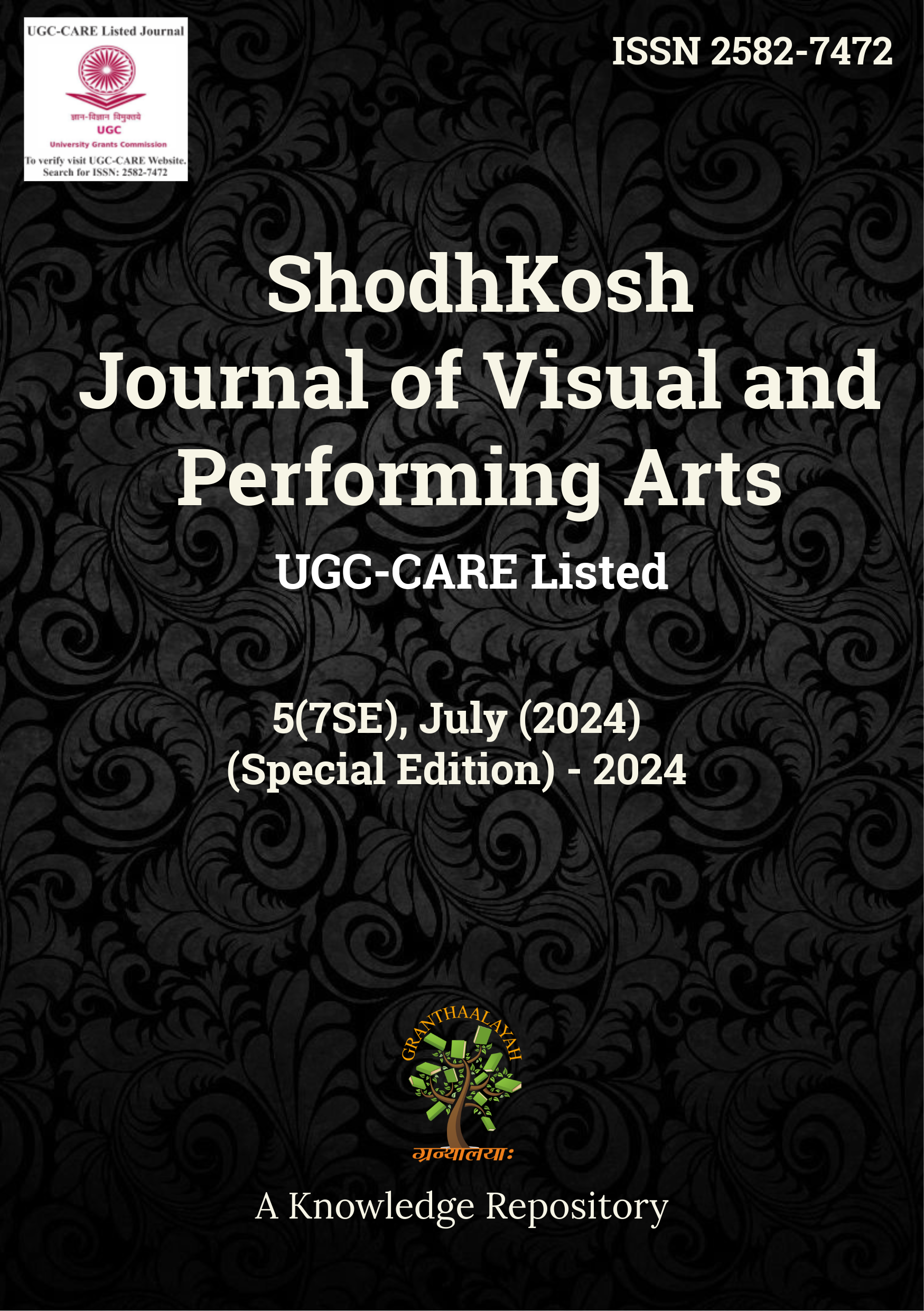IMPACT OF SPORTS FACILITIES ON AGGRESSION AND ANXIETY AMONG PLAYERS AT GULBARGA UNIVERSITY
DOI:
https://doi.org/10.29121/shodhkosh.v5.i7SE.2024.5867Keywords:
Aggression, Anxiety, Sports Facilities, Stress, University Sports Environment Sports Psychology, Sports Infrastructure and Mental Health, Psychological FactorsAbstract [English]
This study explores the relationship between sports facilities and psychological factors such as aggression and anxiety among players at Gulbarga University. The availability, quality, and accessibility of sports infrastructure can significantly impact athletes' mental well-being, performance, and behavior. The research employs a mixed-method approach, incorporating surveys and interviews with university athletes to assess their perception of sports facilities and their psychological state. Data were analyzed using statistical methods to determine correlations between the quality of sports infrastructure and levels of aggression and anxiety. The findings suggest that well-equipped and maintained sports facilities contribute to lower anxiety levels and reduced aggression by promoting a sense of security, confidence, and better stress management among players. Conversely, inadequate or poorly maintained facilities may lead to frustration, increased anxiety, and heightened aggression. These results underline the necessity for universities to invest in quality sports infrastructure to enhance both physical and psychological well-being. The study concludes with recommendations for improving sports facilities to create a more positive and psychologically beneficial environment for university athletes.
References
Weinberg, R. S., & Gould, D. (2019).Foundations of Sport and Exercise Psychology (7th ed.). Human Kinetics.
Cox, R. H. (2020).Sport Psychology: Concepts and Applications (8th ed.). McGraw Hill.
Nicholls, A. R., Perry, J. L., & Jones, L. (2021).Psychological Skills in Sport: Assessing and Developing Performance (1st ed.). Routledge.
Dollard, J., Doob, L. W., Miller, N. E., Mowrer, O. H., & Sears, R. R. (1939). Frustration and Aggression. Yale University Press. DOI: https://doi.org/10.1037/10022-000
Smith, R. E., &Smoll, F. L. (2020). Effects of a Motivational Climate Intervention for Coaches on Young Athletes’ Sport Performance and Psychological Well-being. Journal of Applied Sport Psychology, 32(1), 85-104.
Anderson, C. A., & Bushman, B. J. (2002). Human Aggression. Annual Review of Psychology, 53(1), 27-51. DOI: https://doi.org/10.1146/annurev.psych.53.100901.135231
Hanin, Y. L. (2007). Emotions in Sport: An Individualized Approach. International Journal of Sport Psychology, 38(2), 43-57.
Bailey, R., &Dismore, H. (2004).Sport, Physical Education, and Educational Achievement: The Role of Sports Facilities. European Journal of Sport Science, 4(1), 1-10.
Downloads
Published
How to Cite
Issue
Section
License
Copyright (c) 2024 Jayalaxmi S Havappgol, Dr. Rajkumar P Malipatil

This work is licensed under a Creative Commons Attribution 4.0 International License.
With the licence CC-BY, authors retain the copyright, allowing anyone to download, reuse, re-print, modify, distribute, and/or copy their contribution. The work must be properly attributed to its author.
It is not necessary to ask for further permission from the author or journal board.
This journal provides immediate open access to its content on the principle that making research freely available to the public supports a greater global exchange of knowledge.































